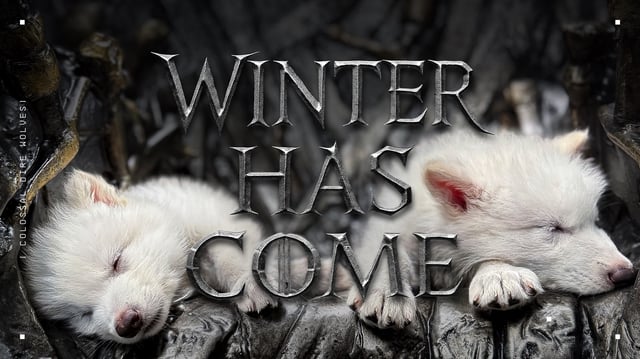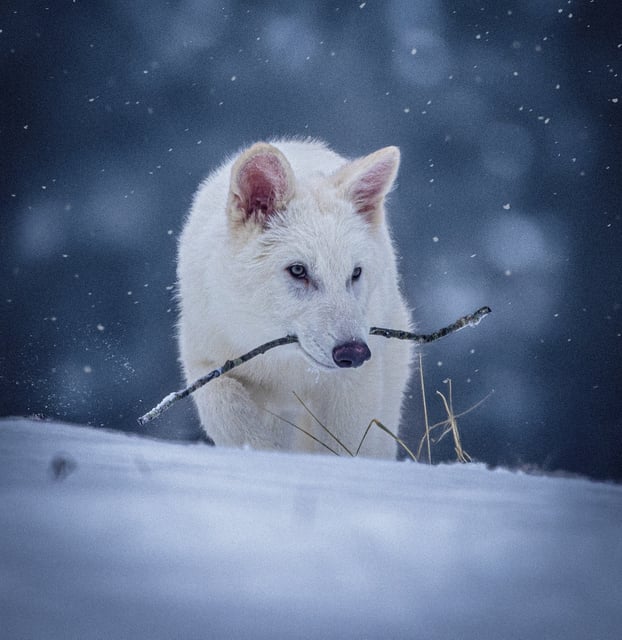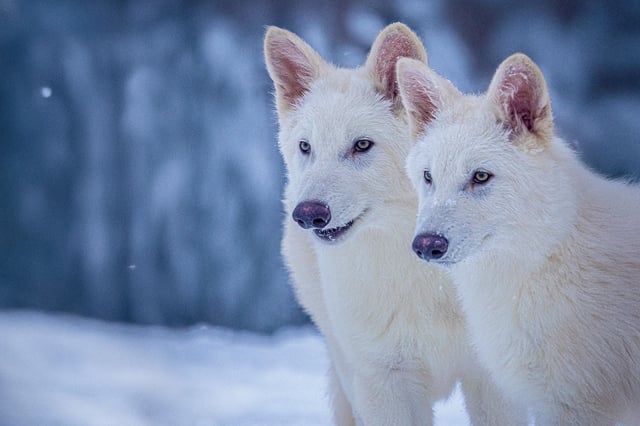Overview
- Colossal Biosciences has genetically engineered three dire wolf pups—Romulus, Remus, and Khaleesi—using ancient DNA and CRISPR technology.
- The dire wolf genome was reconstructed from fossils, with 20 genetic edits made to modern gray wolf DNA to replicate key traits of the extinct species.
- The pups exhibit distinctive physical traits such as larger size, broader builds, and white coats, reflecting attributes of the original dire wolves.
- The wolves are housed in a secure 2,000-acre ecological preserve where they are monitored continuously, certified by the American Humane Society.
- The achievement is part of Colossal's broader de-extinction efforts, which include plans to revive species like the woolly mammoth and dodo bird.



